Keith Gervasi
Reviews By Author
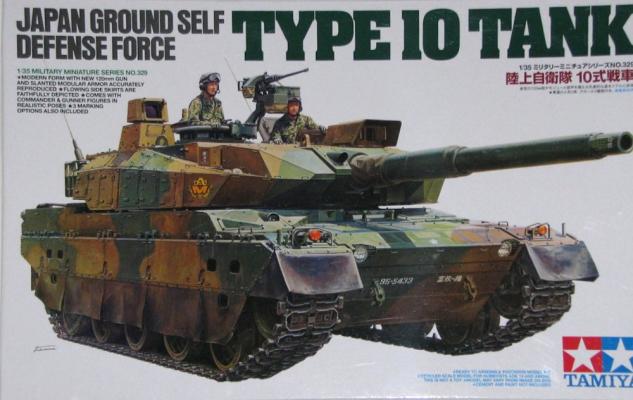
|
JGSDF Type 10 TankPublished:
HistoryDevelopment of the Type 10 began in 1996. Production of four experimental models began in 2002, and one of these was introduced to the media in 2008. In 2010, two prototypes gave the first demonstration to the public at the JGSDF Fuji School’s 56th anniversary. Although smaller and lighter than the Type 90 that it replaced, the Type 10 is equivalent or better than the older Type 90. Armed with a new 44 cal. 120mm smoothbore main gun that features a lightweight, high pressure barrel that gives it penetration on par with the Leopard 2’s armor-piercing rounds, it can be replaced with a larger 55 cal. 120mm barrel for even better firepower. Because it uses an autoloader, the tank only needs a three-person crew (commander, driver, and gunner). The Type 10’s welded hull and… more |
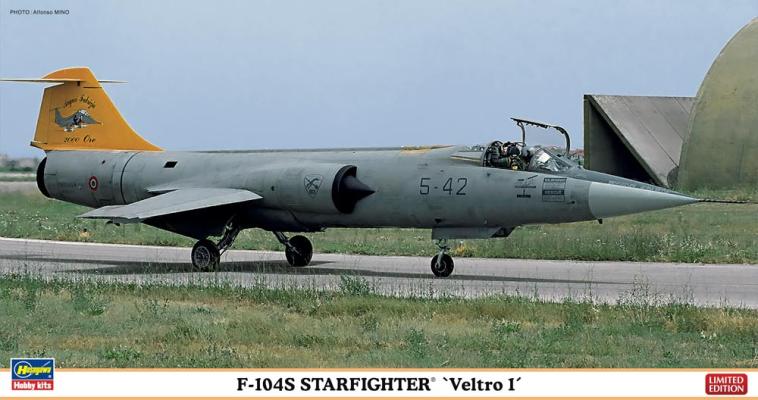
|
F-104S Starfighter Veltro 1 Limited EditionPublished:
The maiden flight of the F-104 was in 1954, and its final variant was the S (first flown in 1966) model, which was a licensed-production Italian version of the 104. The Italian Air Force and Turkish Air force flew the S model, with the Italians using them until 2004! (Pretty good service, I’d say.) The KitUpon opening the box, you will find 16 (some have just one part on them) light grey and 1 clear sprues of injected molded plastic, a nice decal sheet with markings for one aircraft (a 104S from the 5th Stormo, 23 Gruppo, in memorial paint scheme), and an 8-page instruction sheet. The plastic is cleanly molded with nice detail and is flash free, but there are a few pin marks throughout the parts. ConstructionYou begin with steps 1 & 2, the… more |
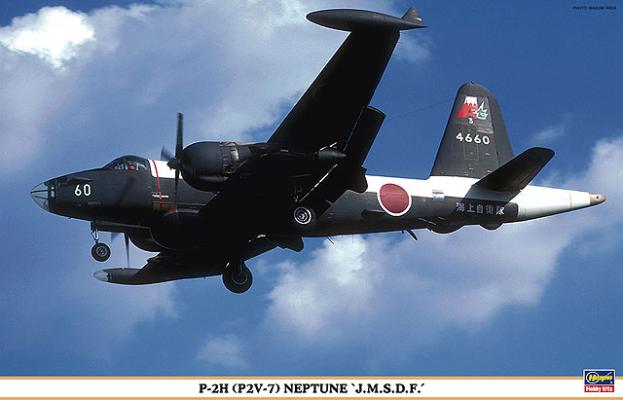
|
P-2H Neptune JMSDFPublished:
HistoryFirst flown in May of 1945, the P2V-7 was the final variant of the P2V produced by Lockheed. It was powered by R-3350-32W and J-34 engines and fitted with lower drag wingtip tanks, AN/APS-20 search radar in a revised radome, and a bulged cockpit canopy. 287 of this type were built, with 48 of them being assembled in Japan. First delivery of P2V-7s to the Japanese was in 1959, the last in 1965, and the model was retired in the early ‘80s. Kawasaki built 80 more Neptunes (P-2J), but with a few refinements that included using GE T-64 turboprops, Ishikawajima J-3 turbojets, a lengthened fuselage, increased rudder area, and a 10,000lb weight reduction. These were flown well into the 90s before being retired. The KitI have an original issue of this kit… more |
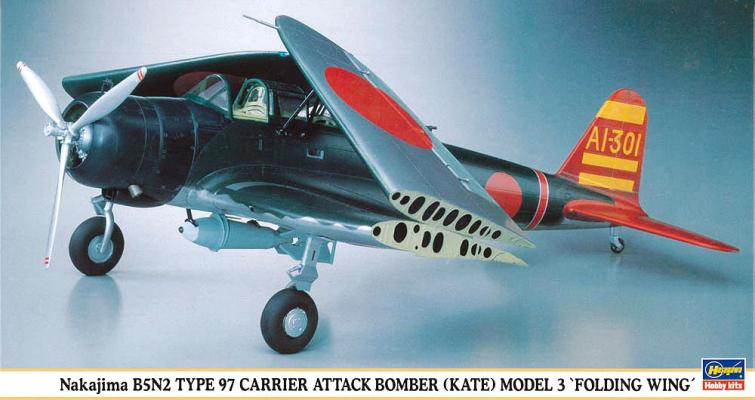
|
Nakajima B5N2 Type 97 Model 3 Kate “Folding Wing”Published:
HistoryThe B5N2 Kate entered service in 1939, replacing the B5N1. The B5N2 was given a more powerful engine and streamlined a bit to try and make it capable of outrunning enemy fighters. The B5N2 was replaced by the B6N Tenzan starting in 1943, but continued to serve right through to the end of the war. The KitAfter opening the box, I was impressed by what I found – 8 sprues of medium grey and 1 sprue of clear injected plastic, 1 small (but very nice!) fret of photo etch, and, in the bag of PE, 4 white metal parts (for the folded wings). Also, for some reason, the cowling is on a sprue by itself and attached in a most peculiar manner. The plastic is flash free, the clear pieces are very nice, and the detail is above average on this kit. There are a few pin… more |
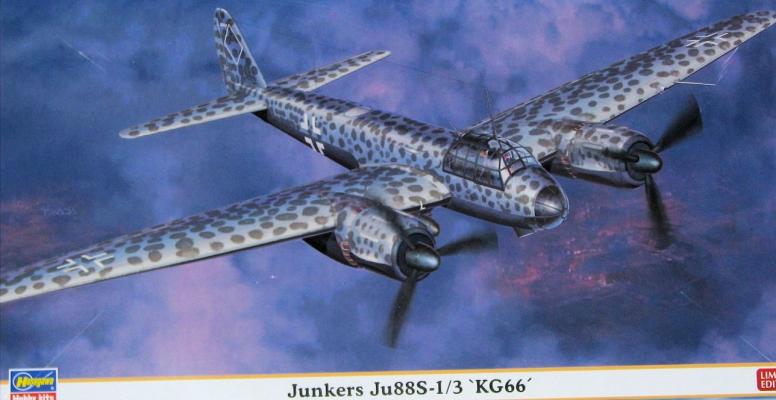
|
Junkers Ju88S-1/3 ‘KG 66’Published:
HistoryThe Ju88 was first flown in 1936 and remained in production until the end of the war (or as factories were overrun). Probably the most versatile aircraft flown by the Luftwaffe in WWII as it was used as a level bomber, dive bomber, torpedo bomber, reconnaissance, photo reconnaissance, day fighter, night fighter, pathfinder, pilotless missiles… (You get the picture). The Ju 88S version was developed to be a high speed, low drag bomber. Due to increasing armor and armament, the idea of a ‘Schnellbomber’ that could evade or make interception a tough thing to do was becoming a problem for the Ju 88s by the summer of 1942. The S version used an A-4 airframe as a starting point that was aerodynamically refined and was first flown in 1942. The refinements included deletion of… more |

|
Type 95 Light Tank "Ha-Go" Early ProductionPublished:
HistoryProduction for the Type 95 began in 1936, and was first introduced in combat in 1937. The type 95 was a small, light tank weighing in at 7 tons and having a crew of 3. It was armed with a 37mm main gun augmented by 2 Type 97 light machine guns. The early version was powered by an 110hp Mitsubishi diesel engine for a top speed of 25mph (road) and was later replaced by a 120hp Mitsubishi NVD 6120 diesel that brought the speed up to 28mph. The Type 95 was obsolete by 1941 but soldiered on till the end of the war being used mainly in banzai charges or dug in as pill boxes. It was a good tank in the 30s but should have been replaced by 1941. There are at least 11 Type 95 survivors in the world today with 1 that is operational. The KitUpon opening the box… more |

|
Ju-87D-5 Interior SetPublished:
What’s InsideThe interior set is comprised of 2 PE frets (one is pre-painted and has some self-adhesive parts), a small clear film, and a 5-page instruction sheet. There are just over 80 pieces to this set, and it is pretty nice if I say so myself! The instructions are broken down into manageable sections, starting with the cockpit floor. The radio operator’s seat support is replaced, along with the rudder pedals. They also give you the observation window between the rudder pedals (not sure why Italeri didn’t have this). Next are the side walls of the cockpit with 28 pieces. There is not a lot of cutting so far, which was nice, but, you should sand some of the raised detail off to help the self-adhesive parts stick better (notably the fuse panel and trim wheels). Not having… more |
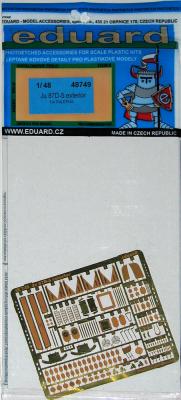
|
Ju-87D-5 Exterior SetPublished:
What’s InsideYou get 1 large fret and a 5-page instruction sheet. The instructions take you in order from the front of the aircraft to the back. Starting with the oil cooler intake, supercharger intake, bomb rack fittings and, if you use it, the flame dampener. Next up are the underwing radiators, and there is some minor surgery required. Be careful not to take too much off, but also make sure you take enough off or the pieces will not fit right (It really is a fine line and one that I crossed on one section). There are 5 pieces for the forward part and 3 for the rear and it is VERY delicate. Of the 8 folds I had to make, 6 of them broke off. I recommend that the screens be placed on before adding the flaps. Trust me, it will be easier. Moving on to the wings, there… more |
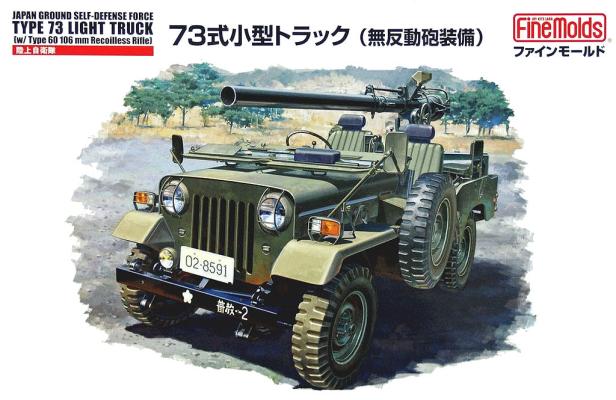
|
JGSDF Mitsubishi Type 73 Light TruckPublished:
The Mitsubishi Type 73 light truck was based on the Jeep CJ-3Bs. Mitsubishi produced these under license from Willys. Production began in 1973 and ended in 1997 – a pretty good run, I’d say. This light vehicle can be outfitted with a variety of weapons such as anti-tank pods, anti-tank missile launchers, light & heavy machine guns. and the recoilless rifle. The KitThis kit is made up of 4 sprues of green and 1 of clear injected plastic, the body, and 1 decal sheet. The parts are flash-free and show no noticeable sink marks. There were a few pin marks but nothing really major, as they were mostly on the underside. The decal sheet gives you markings for multiple vehicles and was printed cleanly. ConstructionThe 8-page foldout instructions (which are… more |
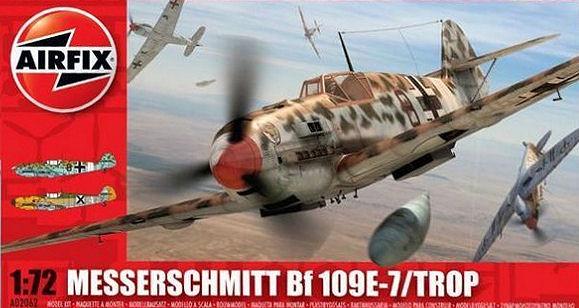
|
Messerschmitt Bf-109E-7/TropPublished:
HistoryBeing that there is so much out there on the Bf-109, I will not take up any time with the history. The E variant was the first major upgrade of this airframe and was the main variant from the beginning of the war until mid-1941. The KitThis kit is made up of 3 sprues of grey injected plastic and 1 clear sprue. The parts are flash-free and have very fine detail. The only problem I had was the small parts (pitot tube, antenna mast, gun barrels, and counterweights) that have two attachment points on the sprue. It made it very difficult to remove these, and in the case of the mast...I broke it. That being said, I have to hand it to Airfix as their new tooled kits are fantastic. The decal sheet gives you markings for two aircraft – one Luftwaffe… more |
